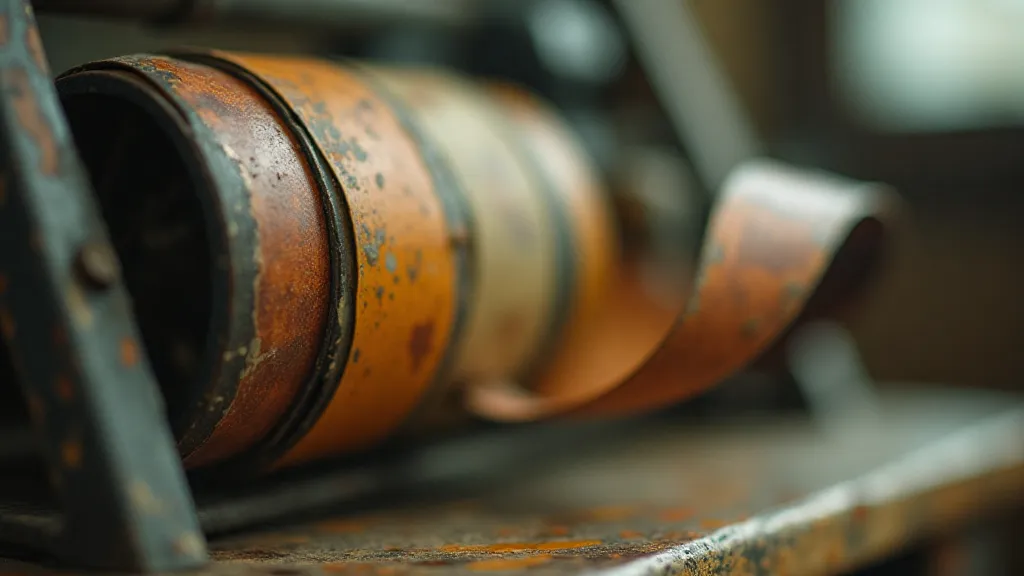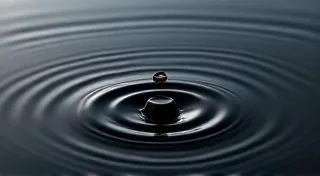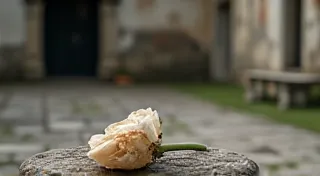Shadows of the Keys: Interpreting the Marks of Ribbon Decay
There’s a certain melancholy that clings to antique typewriters, a quiet weight of stories whispered across decades. Holding one, you’re not merely holding a machine; you’re holding a vessel, a silent witness to countless letters penned, poems drafted, and memos dispatched. And the ribbons – those seemingly simple strips of fabric – are the very soul of that storytelling. They are the tangible link between the writer, the typewriter, and the enduring record they created. But time, as it always does, leaves its mark. Typewriter ribbons, especially those originating from the early to mid-20th century, are notoriously fragile, prone to degradation. But that degradation, that fading and discoloration, isn’t simply a sign of loss; it's a narrative itself. It offers us clues, whispers of the writing process and the environment it occurred within. Let’s delve into the shadows left on these ribbons and try to interpret their secrets.
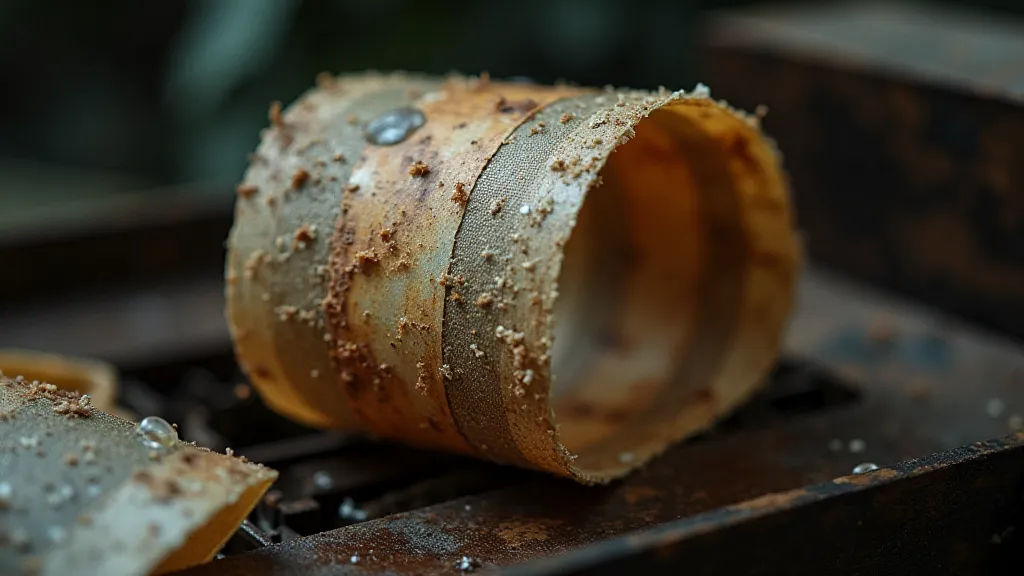
The Chemistry of Decline: Understanding the Process
Understanding how typewriter ribbons degrade starts with a bit of chemistry. Early ribbons were typically made of nylon or rayon, coated with a pigmented ink. The pigments themselves, often aniline dyes, are notoriously susceptible to light and air exposure. Over time, this exposure leads to oxidation and photolysis – a breakdown of the ink molecules. This isn't a uniform process; certain pigments fade more readily than others. Blues and reds, for example, are frequently the first to disappear, leaving behind a washed-out landscape of yellows and browns. Humidity plays a significant role too, accelerating the chemical reactions and encouraging mold growth in some cases. Storage conditions are paramount. A ribbon tucked away in a humid attic will deteriorate far more rapidly than one stored in a climate-controlled environment.
I recall acquiring a collection of ribbons from an estate sale years ago. The previous owner, a novelist, had meticulously stored his typewriters but seemingly disregarded the ribbons. Many were brittle and crumbled at the slightest touch. One, a vibrant crimson ribbon, was almost completely devoid of color, reduced to a pale pink ghost of its former self. It was heartbreaking, a tangible loss of a vibrant creative voice. It highlighted the importance of preservation not just of the machines but of the seemingly smaller, supporting elements.
The Spectrum of Discoloration: Clues to the Past
The patterns of discoloration on a typewriter ribbon can tell a surprising amount about its history. A ribbon showing even, uniform fading suggests prolonged exposure to light – perhaps it was frequently used in a brightly lit office or kept on display. Conversely, a ribbon with patchy fading might indicate periods of infrequent use interspersed with exposure to direct sunlight. Dark streaks, often running parallel to the ribbon’s length, can be caused by ink bleed, a common problem with early ribbons where the ink wasn't fully adhered to the fabric. These streaks can sometimes be exacerbated by moisture or acidic paper.
I once examined a ribbon from a lawyer's correspondence archive. The ribbon exhibited a peculiar phenomenon: a distinct yellowing concentrated along the edges. After consulting with a paper conservator, we concluded that the ribbon had been stored alongside acidic paper, and the acid had migrated to the edges of the ribbon, accelerating the degradation. This seemingly minor detail offered a vital piece of the puzzle in understanding the preservation history of the archive.
Beyond the Fade: Mold, Stains, and Other Markers
It's not just the general fading that provides information; specific stains and imperfections can be even more revealing. Mold, a common enemy of vintage ribbons, leaves distinctive dark green or black patches. These patches are often accompanied by a musty odor and a brittle texture. Water stains are readily apparent, creating blurred or incomplete impressions on the page. Oil stains, frequently encountered on ribbons used in offices where oil lamps were common, leave dark, greasy marks. Even the texture of the ribbon – whether it's smooth or slightly rough – can offer insights into the manufacturing process and the quality of the materials used.
The craftmanship of early ribbon production was often remarkable. Workers would meticulously coat the fabric, often by hand, ensuring a consistent layer of ink. Imperfections were sometimes visible – slight variations in color density, tiny streaks – that now, viewed through the lens of time, become fascinating details. These details highlight the human element in the production of these seemingly mechanical tools.
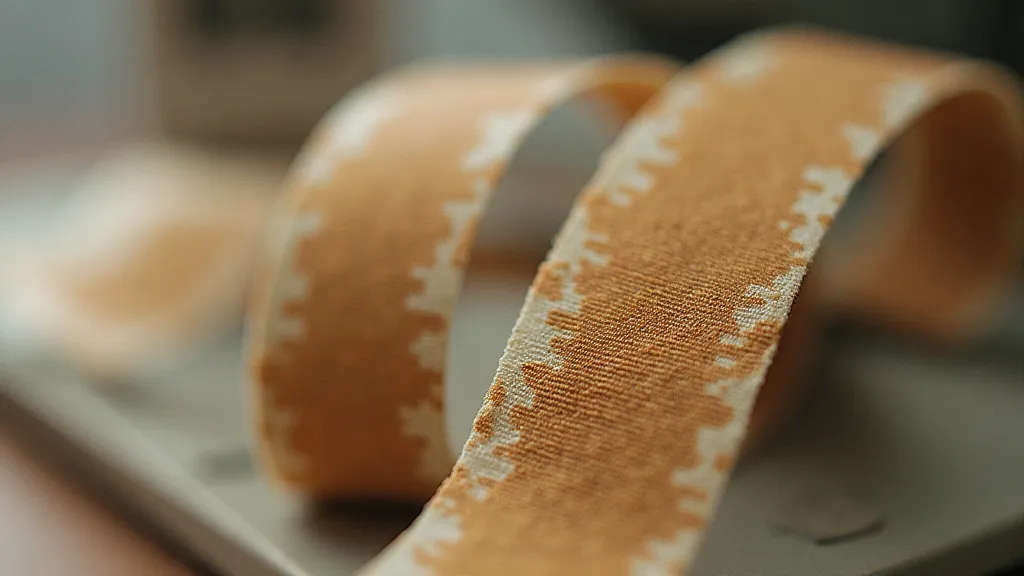
Restoration and Preservation: Respecting the Narrative
While restoration of severely degraded typewriter ribbons is often impractical – the ink is simply too far gone – careful preservation is essential. Storing ribbons in archival-quality boxes, away from light and humidity, can significantly slow down the degradation process. Handling ribbons with clean, cotton gloves minimizes the risk of transferring oils and contaminants. For research purposes, high-resolution scanning of the ribbons can create digital copies, preserving the information they contain without further damaging the originals.
It’s important to remember that attempting to "repair" a severely faded ribbon can often do more harm than good. The original discoloration is part of the ribbon’s history; it’s a witness to its journey through time. Our role as caretakers isn't to erase that history but to understand and appreciate it. Preserving these remnants of the past is a way of honoring the writers who used them, the machines that powered them, and the stories they helped to tell.
A Legacy in Fading Ink
Looking at a faded typewriter ribbon isn’t just looking at a decaying strip of fabric; it’s looking at a fragment of the past. It’s a tangible connection to a time when communication was slower, more deliberate, and imbued with a certain formality. The shadows on the keys, the marks left by the fading ink – these are whispers from another era, invitations to imagine the lives and stories that unfolded within their embrace. By carefully observing and interpreting these marks, we can gain a deeper appreciation for the artistry of the past and the enduring power of the written word.
